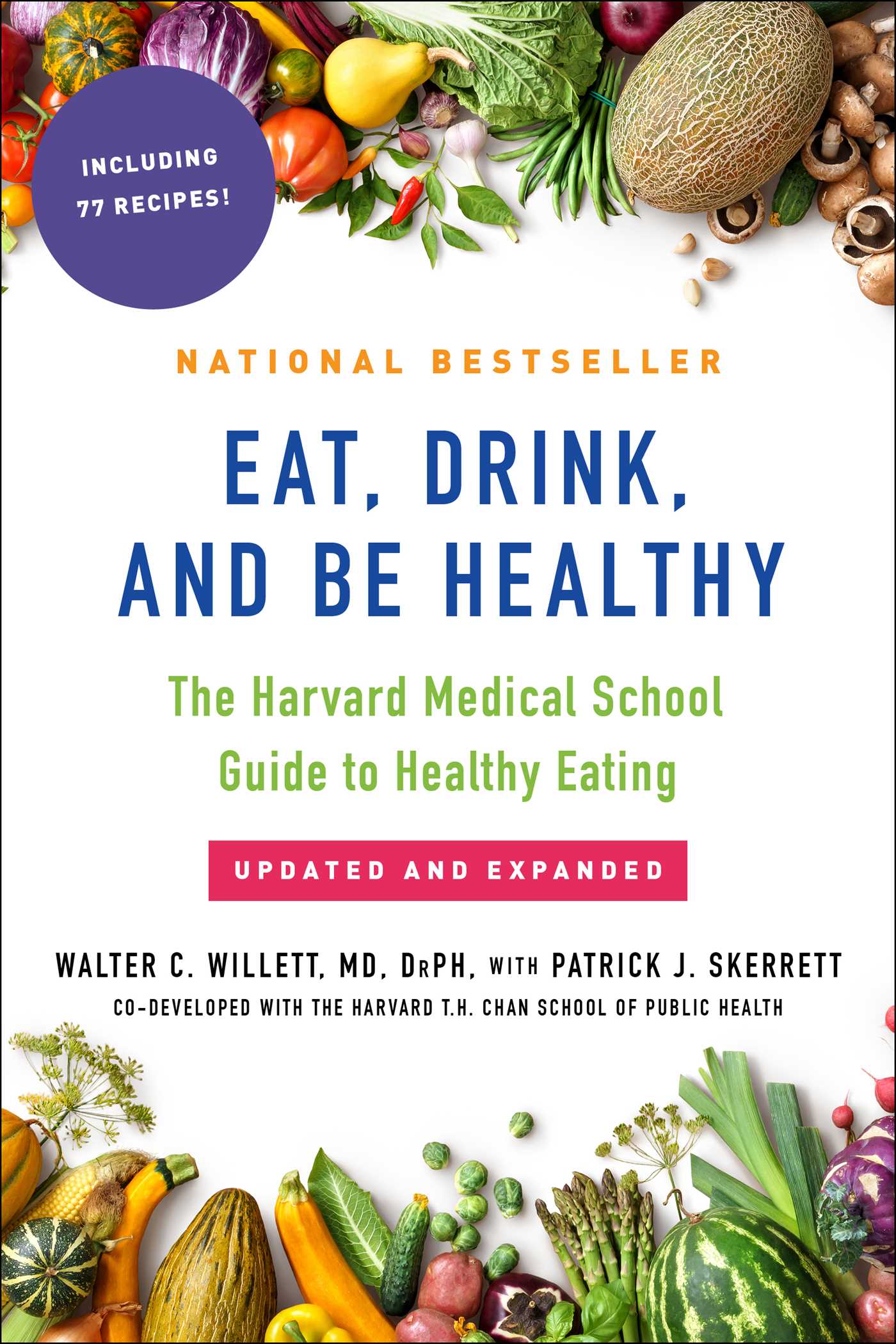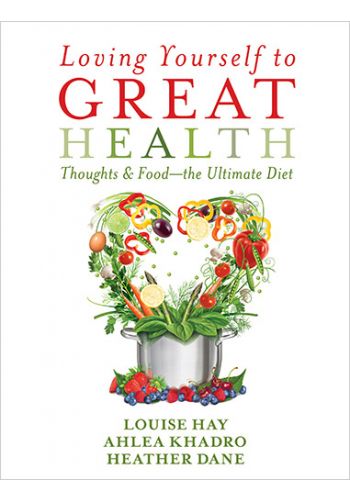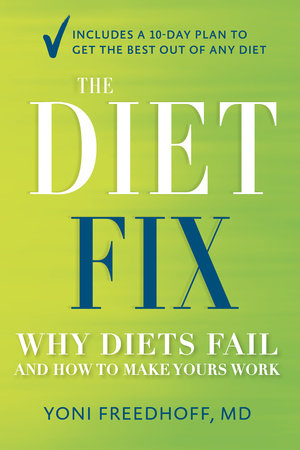ARTICLE
Medical Myths: Vitamins and Supplements
Vitamins and supplements are more popular today than they have ever been. But are they all that they are cracked up to be? In this edition of Medical Myths, we address a crop of supplement superstitions and mineral misunderstandings











